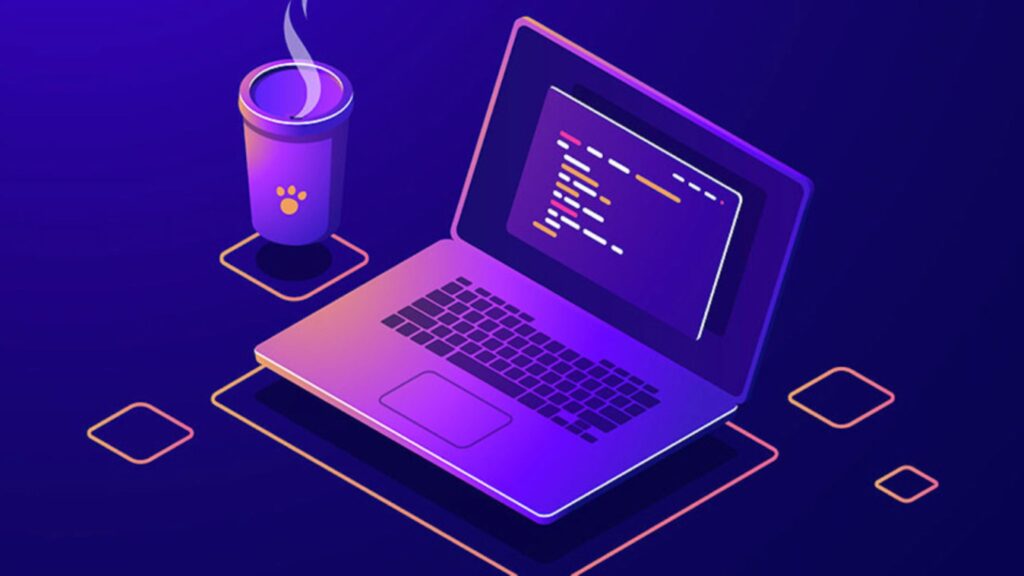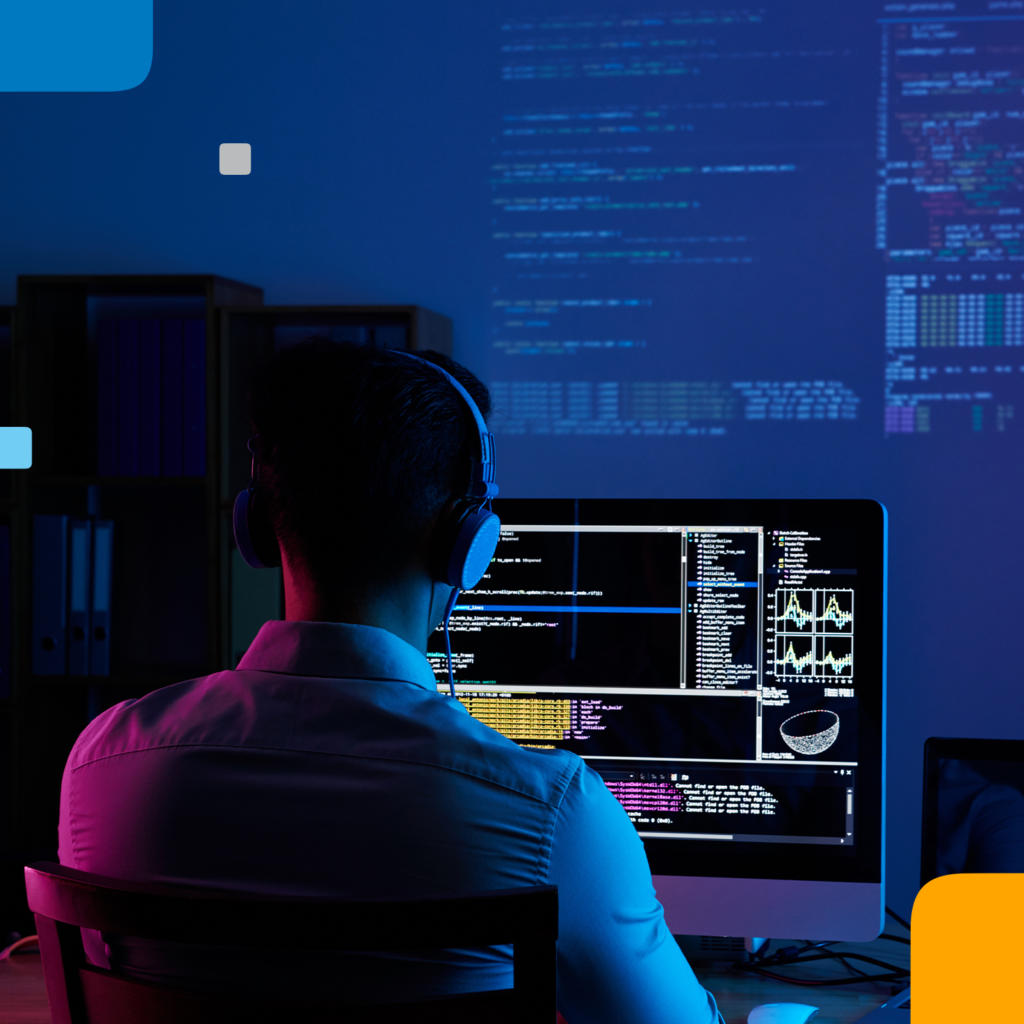Coding and Programming – Understanding the Key Differences
When it comes to software development, the terms “coding” & “programming” are often used interchangeably. However, while they share similarities, each has a distinct role and set of tasks that contribute to creating functional software. So, what’s the real difference between coding and programming? This guide breaks down these core concepts, helping you understand the unique skills, tools, and outcomes each offers.
1. What is Coding?

Coding is the foundational task of writing instructions for computers using a specific language. Coders take simple instructions, often in languages like HTML, CSS, or JavaScript, and write lines of code to complete specific tasks.
In essence, coding translates human instructions into a machine-readable format. For beginners, coding is often the first step into the world of tech, requiring knowledge of syntax and a good understanding of how to solve immediate problems.
Also read: Content Marketing Strategies to Skyrocket Your Brand in 2025
2. What is Programming?

Programing encompasses a broader range of activities than coding. While coding is the task of writing code, programing involves planning, designing, testing, and maintaining an entire system. Programmers need a deeper understanding of logic, algorithms, and the architecture of systems to successfully build robust applications.
So, programming often requires using more advanced languages, like Python, Java, or C++. It also includes managing complex processes, such as debugging, optimization, and project management.
Also read: Guide to Web Development in Europe: Empowering Your Startup.
3. Coding vs. Programming: A Detailed Comparison
Here’s a closer look at some of the fundamental differences between coding & programming.
1. Purpose and Scope
- Coding: Focuses on translating specific instructions into machine-readable language.
- But Programming: Encompasses the complete process of developing a functional software system, from planning to debugging.
2. Skills Required
- Coding: Primarily requires knowledge of syntax, debugging basics, and understanding basic structures.
- But Programming: Involves critical thinking, problem-solving, and knowledge of algorithms, data structures, and systems architecture.
3. Tools Used
- Coding: Uses basic text editors and IDEs like Visual Studio Code or Sublime Text.
- But Programming: Uses more advanced environments and management tools like IntelliJ IDEA, GitHub for version control, and CI/CD pipelines.
4. Problem Complexity
- Coding: Generally deals with isolated tasks or simple scripts.
- But Programming: Manages more complex challenges, often needing a high-level approach to address multiple components simultaneously.
4. Tools Used in Coding and Programming
Both coding and programming require specific tools and environments to enhance productivity. Here are some commonly used tools for each.
Coding Tools
- Text Editors: Sublime Text, Notepad++
- Basic IDEs: Visual Studio Code, Atom
Programming Tools
- Version Control: Git, GitHub
- Advanced IDEs: IntelliJ IDEA, PyCharm
- Project Management: Jira, Trello
- Testing Tools: Selenium, JUnit
Also read: 10 Powerful Reasons Why We Excel at Building Websites Using WordPress
5. Key Skills Required for Coding & Programming
For Coding
- Syntax knowledge of languages like HTML, CSS, or Python.
- Basic understanding of debugging.
- Familiarity with simple data structures.
For Programming
- Knowledge of algorithms and data structures.
- Problem-solving skills.
- Strong analytical and logical thinking.
- Understanding of software lifecycle and project management.
6. How to Start Your Journey in Coding or Programming
Whether you’re interested in coding or programming, starting with a solid foundation is essential. Here’s how to begin:
- Step 1: Choose a Language – For coding, start with simpler languages like HTML, CSS, or Python. For programming, consider more advanced languages like Java or C++.
- Step 2: Use Online Resources – Platforms like Codecademy, FreeCodeCamp, and Coursera offer excellent resources to get started.
- Step 3: Practice Consistently – Consistent practice builds confidence and competence in coding and programming.
- Step 4: Build Projects – Apply your skills by building projects to reinforce your knowledge and showcase your abilities.
Finally, Which Path is Right for You – Coding or Programming?
As a result, understanding the difference between coding & programing can help you choose a path that aligns with your goals. If you’re looking to start with simpler tasks and move into tech at a foundational level, coding may be the best first step. If you’re ready to tackle complex problems and work on entire software systems, programming offers a more comprehensive and rewarding career path.
Whatever you choose, remember that both coding & programing are essential in today’s digital world, opening doors to endless opportunities in tech. After that, start exploring, keep learning, and let your skills shape the future!
